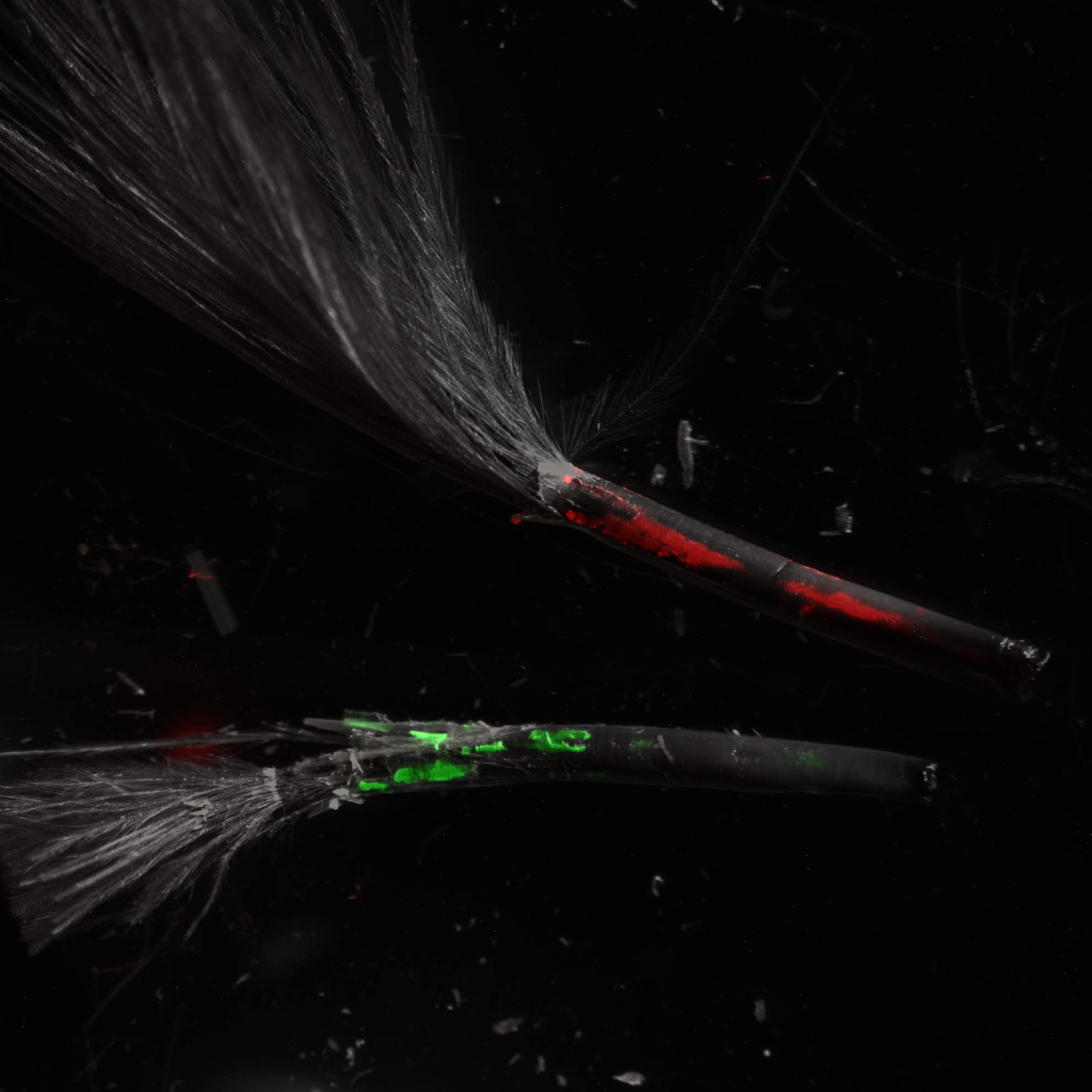Marek's disease virus undergoes complete morphogenesis after reactivation in T-lymphoblastoid cell line transformed by recombinant fluorescent marker virus
T-lymphocytes are central targets of Marek's disease, a major chicken disease induced by the oncogenic alphaherpesvirus, Marek's disease virus (MDV). T-lymphocyte infection is also associated with immunosuppression and virus latency. To decipher viral morphogenesis in T-lymphocytes, we used the recombinant vRB-1B 47EGFP marker virus to generate a new lymphoblastoid cell line 3867K that exhibited typical properties of other MDV-transformed chicken cell lines (MDCC) in term of cell markers, reactivation rate and infectivity. Examination of reactivating EGFP-positive 3867K cells by transmission electron microscopy revealed the presence of most types of herpesvirus particles inside the cells, but no extracellular ones. Quantification of virion types indicated only 5% of cytoplasmic particles, with 0.5% being mature. This study demonstrates that MDV morphogenesis is complete upon reactivation in T-lymphocytes albeit poorly efficient, with a defect in the exit of virions from the nucleus and secondary envelopment, as it occurs in infected fibroblasts.

